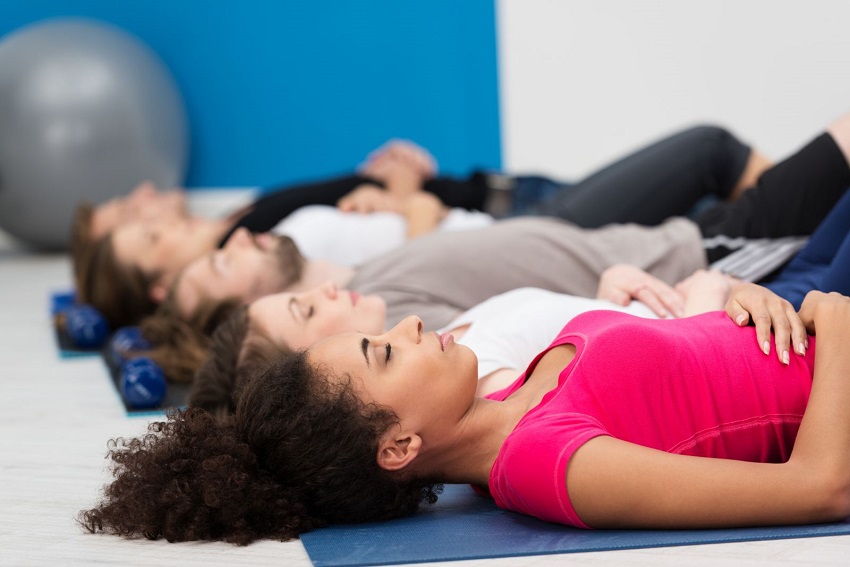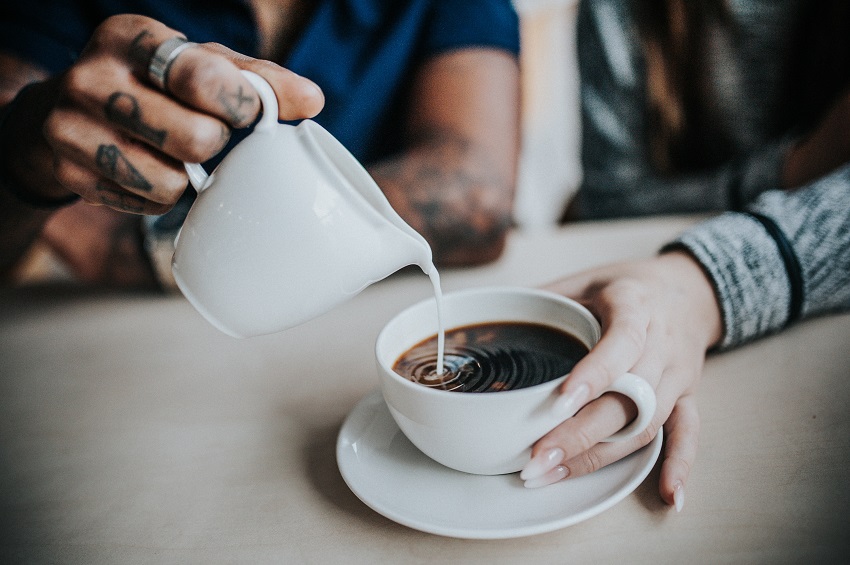How to control a panic attack
You can learn some techniques to stop anxiety as soon as you appreciate the first symptoms. They also help you avoid attacks if you practice them regularly. Here is some technic to control a panic attack.
The problem of a panic attack, especially when it happens to you for the first time, is that you think you have a heart attack, that your life is in danger, and you logically look for immediate medical attention.
It’s the best you can do in that situation, but if it has happened to you before and you know how to identify the panic attack or you realize that you really do not have the symptoms of a heart attack (such as pain and tightness in the chest), then You can try to control the crisis yourself.
1. Practice a breathing technique
Panic attacks are often accompanied by hyperventilation and difficulties in maintaining normal respiratory rhythm. So learning a breathing technique can solve the crisis in a few minutes.
Try to breathe slowly and regularly and prepare to do the following exercise. You can do it sitting, standing or lying down.
- Loosen any garment that constricts your breathing.
- Separate the feet by placing them approximately vertical of the shoulders.
- As you breathe in, let the air flow to your belly, without forcing it. Feel how your belly swells.
- Breathe slowly and regularly. Inspire through the nose and exhale through the mouth.
- Make each inspiration and each exhale last 3 seconds. After a few breaths, it lengthens the time to 4 seconds and then to 5 seconds.
- Breathe like this for 5 minutes.
If you perform this technique regularly, preventively as a daily ritual at noon or at the end of the workday, for example, you can reduce the risk of another attack. By doing this you can control a panic attack.
2. Concentrate on relaxing the muscles
Progressive muscle relaxation is a practical method that teaches you to control unconscious tension. In addition to a panic attack, you can use it when you feel nervous or suspect that night of insomnia is approaching.
- Make yourself comfortable, preferably lying down and close your eyes.
- To breathe, inhale deeply through the nose, feeling that your abdomen rises with air and exhales slowly through the mouth while the navel descends. Repeat three to five times.
- Direct your attention to the feet, contract them hard and press with your heels against the ground for a few breaths and then release.
- Now aim with the toes towards the head, keep a few seconds and let go.
- Contract the calves and release.
- Continue advancing through your body, contracting and releasing each muscle group. Work in this order: legs, glutes, abdomen, back, hands, arms, shoulders, neck, jaw and face.
- Contract each muscle group for a few breaths and then release slowly. Realize what you feel when your muscles are contracted and when you are relaxed.
- Finish the practice by breathing deeply a few more times, observing how much more calm and relaxed you feel.
3. Reduce stimuli
When you feel an attack coming, it is a good idea to limit the sensory stimuli you are experiencing as much as you can.
Try to find a dark and quiet space where you can practice breathing and relaxation techniques. If you’re in an office, you can go to the bathroom. By doing this you can control a panic attack.
If this is not possible, focus your attention on an object or a thought (“I’m calmer”).
4. Listen to something
This recommendation goes in the sense of the previous one. It is about reducing the stimuli by concentrating in one direction. The ear is very effective. It is one of the technique to control a panic attack.
You can listen to music that you know that calms you down, that makes you feel good. Have a playlist ready with your favorite themes to conquer tranquility.
You can also listen to a guided meditation or an audiobook.
5. Throw the thoughts
It may seem silly, but it is effective. When you feel the panic coming, sit down, take some sheets of paper and a pencil, write down the thoughts that worry you, crumple the paper and throw it away. It is one of the technique to control a panic attack.
6. Avoid caffeine
This is a preventive measure. If you start the day right, you are less likely to suffer an attack. Avoid coffee first thing in the morning. For many people, it acts as a trigger for anxiety. So are the crowds and the small spaces.
That’s why it’s not a good idea to have a coffee when going on a public transport trip to go to work, for example.
If you need to drink something before leaving home, drink fresh water (dehydration is another possible trigger) or a glass of vegetable milk.
Wait mid-morning for coffee, but remember that there are alternatives without exciting, as the rooibos and other infusions.
Follow these strategies when you know that it is a panic attack. If you have any other suspects, do not hesitate to go to the urgencies of a hospital.
You may also like 5 points to consider to improve circulation in the legs
